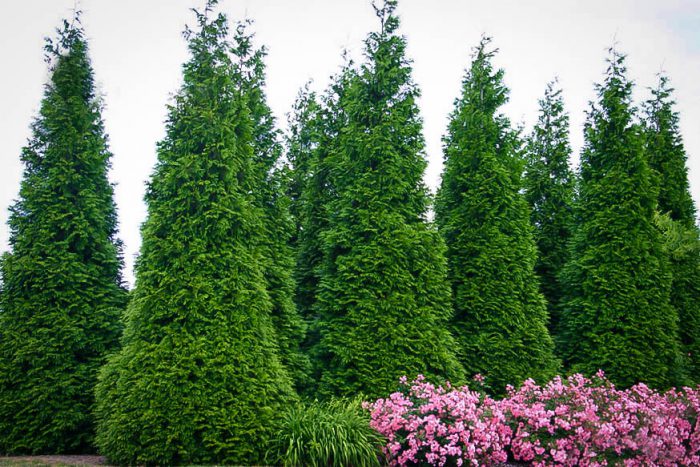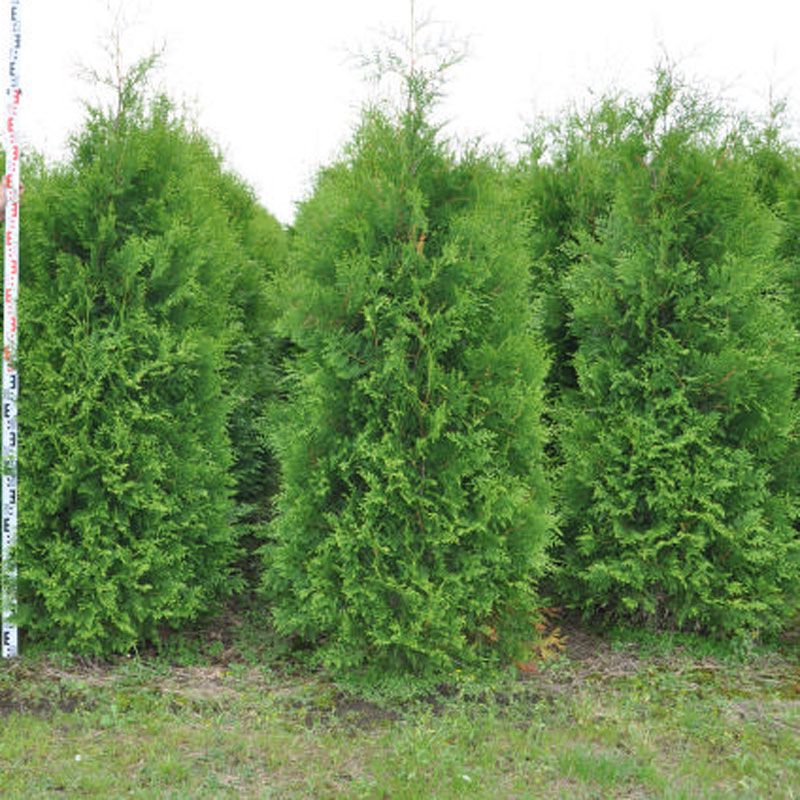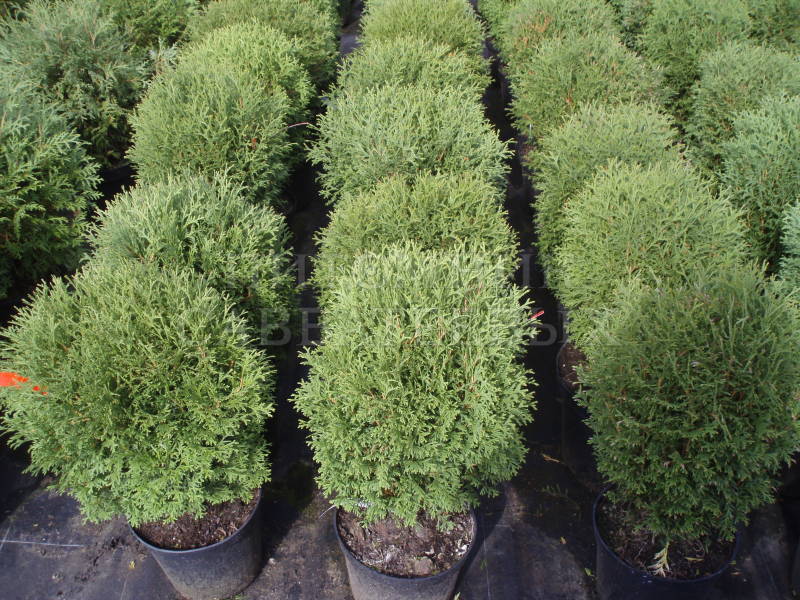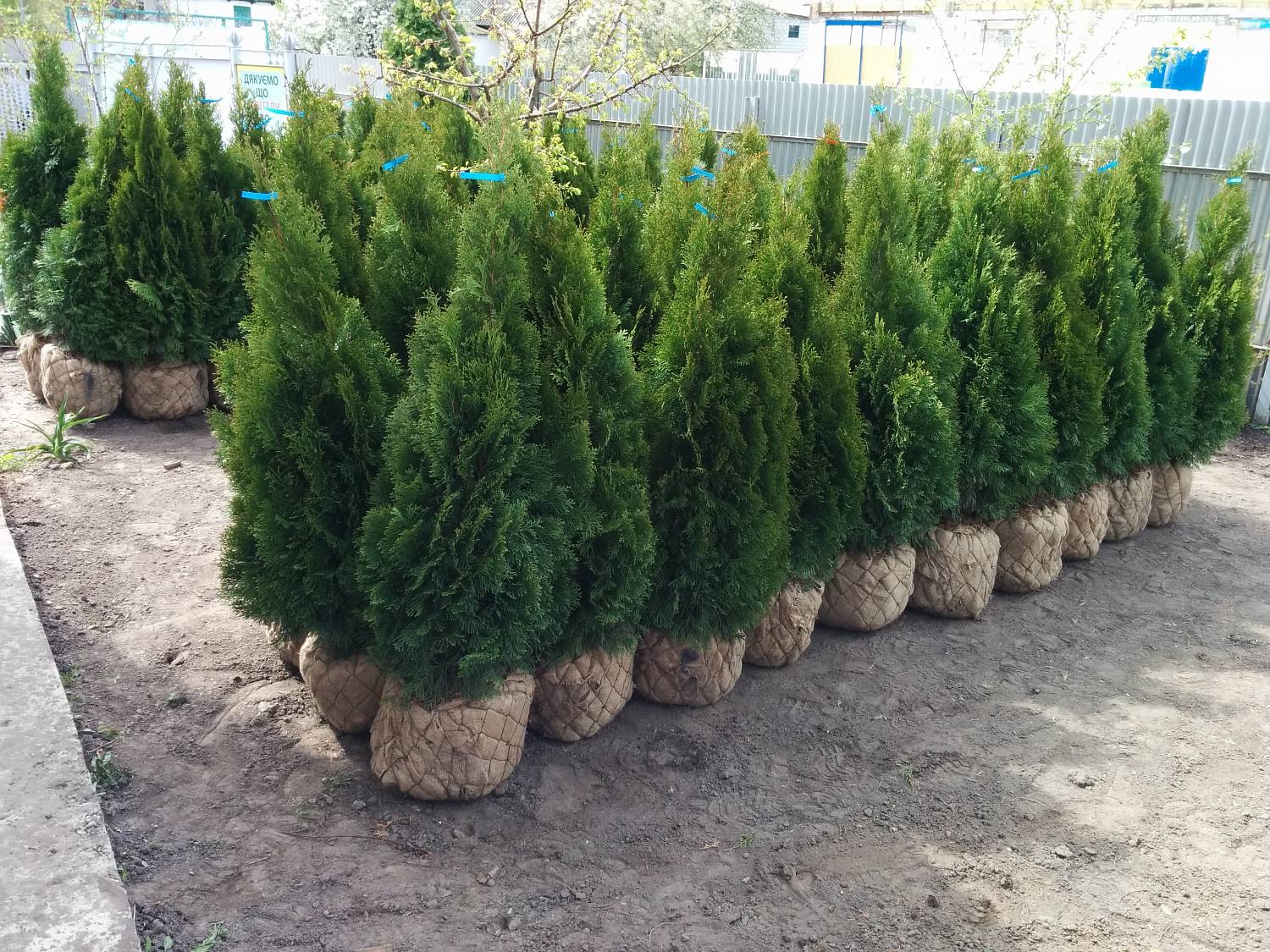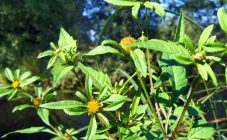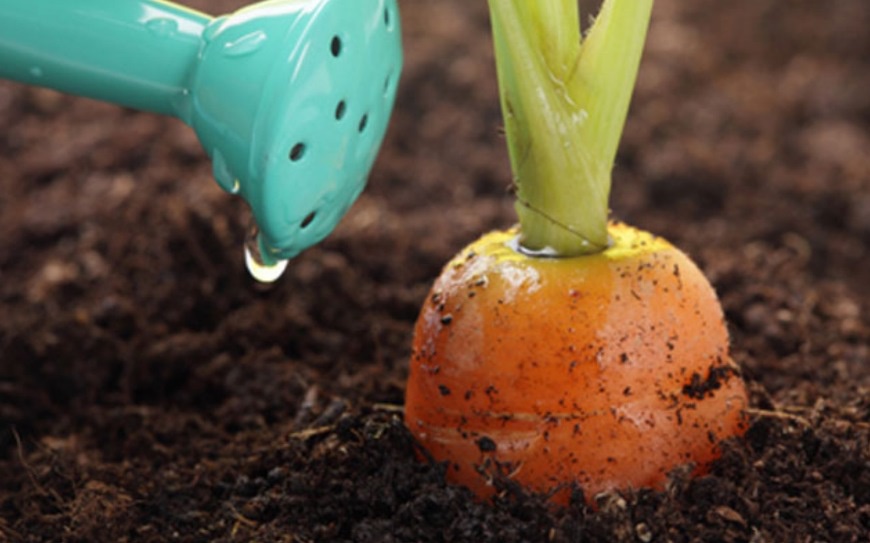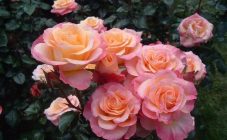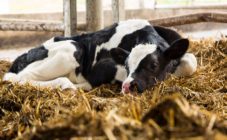Content:
Thuja is a symmetrical evergreen shrub or tree. It is called the royal plant, as its first habitat was in the royal gardens, where it served to create figures. Thuja retains its beauty in any season, therefore it is suitable for the formation of a hedge, terrace or recreation area.
Description, growth features
The name of the plant from ancient Greek means "sacrifice" or "incense". The reason lies in the use of some species of thuja in the manufacture of incense for the ritual process. Another name for thuja is "life tree". The native land of the plant is East Asia, North America.
Thuja belongs to the genus of coniferous gymnosperms, the cypress family. The genus includes 6 species. The number of varieties of different colors, quality of needles and crown outlines reaches 120. Thuja is a monoecious plant. The main characteristic features:
- The height of the wild tree is 70 m (6 m is the diameter), the height of the garden tree is up to 20 m.
- The needles are dense, opposite, scaly. Color - dark green. Some breeds, as well as young plants, have soft, light needles. After 4-5 years, the needles fall off along with the branches.
- Male flowers are represented by yellow-brown spikelets. Female flowers are greenish-yellow cones, which turn brown by autumn.
- Thuja fruits are oval inconspicuous cones with flat seeds. Maturation occurs in the first year.
- There is a characteristic resinous aroma.
Dusting (flowering) of thuja begins in April-May and lasts about 6-12 days. The oval cone matures for 160-180 days, after which a seed appears. The harvest becomes abundant every 2-3 years. Ripe buds reveal their scales and release flat, narrow-winged seeds. They remain viable for about 2 years. How many years does thuja grow? Some breeds reach the age of 150 years or more.
Fast growing varieties of thuja
Setting up a tall evergreen hedge requires accelerated plant growth. Fast growing thuja - varieties:
- Brabant. It is a columnar plant growing up to 20 m. The conical crown reaches a diameter of about 4 m at the bottom. The annual growth is 30-40 cm in height and 10-15 cm in breadth. The needles are large, malachite shade. For good growth, Brabant needs a sunny place, tolerates light shade. The soil is moistened fertile loam. High degree of frost resistance.
- Golden Brabant. This is a new variety of Brabant with yellow-green needles.
- Columna. Thuja has a narrow columnar crown. The growth rate of thuja is high - annually the plant adds 30-40 cm upward and about 5 cm in width. The total height is up to 10 m, the volume of the crown is up to 1.5 m. The needles are scaly, the color does not change. Any soil is suitable, from acidic to alkaline. Very hardy.
- Fastigiata. Tall and fast growing variety of columnar thuja. The crown has a narrow conical and columnar shape. The annual growth rate is about 30 cm in height, 5 cm in width. The growth of an adult plant reaches 15 m, the crown diameter is 3 m. The needles are dark green in color, they are soft and resinous aroma.In appearance, thuja resembles a cypress. The lifespan is about 200 years. Thuja Fastigiata is frost-resistant.
- Thuja folded or giant. The plant reaches 15 m in height, 3-5 m in width. Height can increase up to 30 cm per year. The needles are green, dark, shiny, there are white spots on the underside. It has a strong aroma. A winter-hardy variety of thuja, but does not tolerate high temperatures.
Columna or Brabant
The fastest growing thuja are Brabant and Columna. It is they who are most often planted to create a high hedge. Gardeners are often confused about the question, Thuja Columna or Brabant - which is better?
How fast does Thuja Brabant grow? She is rightfully considered the leader in the growth rate among the tui. Compared to Columna, the rate of annual growth is about 35 cm in height and 15 cm in width. Whereas for Columna, these indicators are only 20 cm and 5 cm, respectively. The Brabant variety is the fastest growing thuja. The height of Brabant (up to 20 m) is also significantly higher than the Columna figure (up to 10 m).
In appearance, these two varieties of thuja also differ from each other. Brabant is endowed with bright green or slightly lighter needles, on which golden tips can be observed. Its color does not change by winter, unlike other varieties. To get the effect of a lush and dense hedge, it is recommended to trim the Brabant twice a year (March, August).
Columna has a dense crown with bright green, scaly needles. Its shade hardly changes throughout the year. Young thuja are susceptible to sunburn, especially in spring. Therefore, in the first two years, winter shelter is done.
Thuja varieties for the Moscow region
For the Moscow region, frost-resistant varieties that grow well in the climatic conditions of the middle zone are suitable.
Thuja for the Moscow region, which is better? In addition to the above-described varieties of Brabant, Golden Brabant, Columna, such thuja are also suitable for the middle lane:
- Emerald. A tall tree (up to 5 m), resembling a cypress. The crown is in the form of a pyramid, dense and narrow. The needles have an emerald green hue that does not change with the change of season. Thuja has a slow growth, about 10 cm in height, 5 cm in width. One of the best varieties for the middle lane, as it is resistant to changing climatic conditions.
- Hoseri. Ball-shaped shrub. Scaly needles in the warm season have a dark green tint, in the cold - bronze. The height and width of an adult thuja plant are 60-80 cm. It grows equally well in the light and in the shade, without changing the color of the needles.
- Golden Globe. This dwarf thuja has a loose, spherical crown, the density of which is achieved with the help of regular haircuts. Plant growth is 1 m in height and 1.2 m in width. The annual growth is about 10 cm. The needles on the inner side of the crown are green, the tips of the shoots give off a light green tint in the sun. In the shade, the shade turns green. In the cold season, the plant takes on a copper tone.
- Danica. Small shrub in the shape of a ball. The crown is dense, with vertically arranged branches. The plant has soft and thin scaly needles. Thuja grows slowly (5 cm in height and 4 cm in breadth per year).
- Reingold. The crown is spherical at first, but gradually turns into a cone-shaped one. This variety grows slowly - up to 10 cm in height and 5 cm in width per year. The needles are gradually covered with scales. In summer sunlight, the needles become golden, in winter - bronze. Do not place the Reingold in the shade, as the color and density of the crown deteriorate.
- Globoza. The shrubs are distinguished by a spherical crown shape, with a diameter and height of up to 2 m. In spring, the needles are light green, in summer - green, in winter - brownish. Growth is slow, only 5 cm in height and width per year. The variety is frost-resistant, but it is recommended to tie the branches for the winter in order to avoid them breaking off under the weight of snow.
Favorable conditions for the growth of thuja
In central Russia, the growth of thuja most often stops at around 4-6 m, while in warm climates there are tall trees up to 20 m.The plant can grow on almost any soil, is resistant to pests, and tolerates frost.
It is better to buy seedlings from specialized firms. The root system must be closed. The height of the seedlings is from 30 cm to 5 m. It is best to plant thuja in the spring (from late April to mid-May), so that the plant has time to grow and get stronger by winter.
The fastest growing thuja can be observed on fertile, drained soils. If the soil is poor, the needles brighten and thin out, abundant fruiting begins. Clayy and moist soil must be drained. The bottom of the pit is covered with a layer (20-30 cm) of drainage from sand, rubble, expanded clay or broken brick.
The pit is filled with fertile soil or a mixture of leafy earth (2 parts), peat (1 part), sand (1 part). You can add mineral fertilizers. When planting in groups, plants should be planted at a distance of at least 0.5 m from each other, some breeds - from 3 to 5 m.
Do not plant thuja next to large trees, as it will experience a nutritional deficiency. To retain moisture, you need to mulch the trunk circle with mowed grass.
The plant can be grown using seeds, twigs or cuttings. The first method of growing is the most laborious, it takes from 2 to 6 years. The stalk is taken from the middle of the plant. When tearing off or cutting off the shoot, a little bark (heel) should remain at its end. The stalk is placed in a pot of soil, deepening a couple of centimeters at an inclination of 60 degrees.
The earth around the thuja cutting is sprinkled with sand, slightly pressed down with your fingers. From above, the pot should be covered with a film or a transparent jar, provide good illumination and warmth. It is recommended to spray instead of root watering to avoid waterlogging of the soil.
Thuja has become one of the most demanded and popular breeds in landscape design. Large plants are used as tapeworms and in group plantings. The dense crown is used to create a live impenetrable hedge. Unique figures are created from thuja. At the same time, it purifies the air, saturates and disinfects it with phytoncides, and absorbs street noise.
